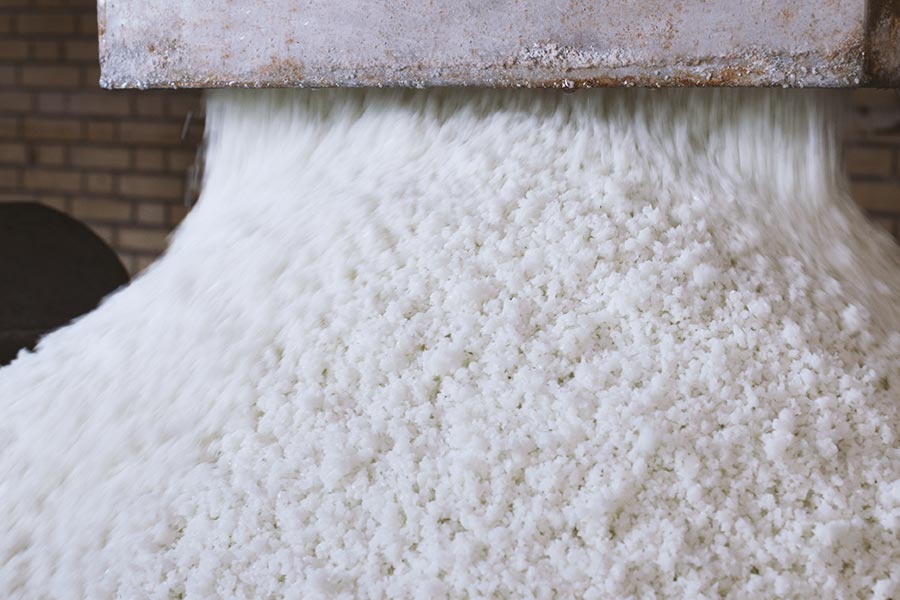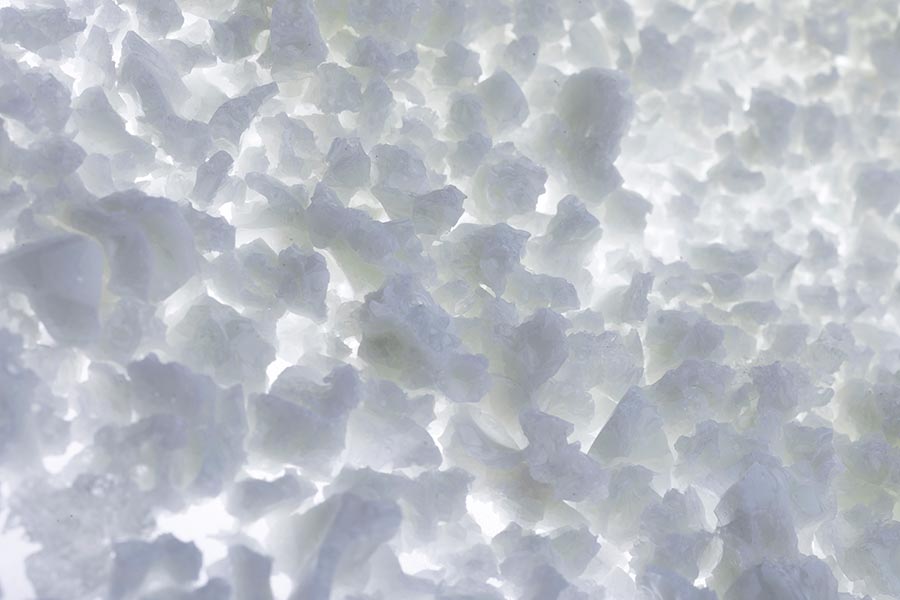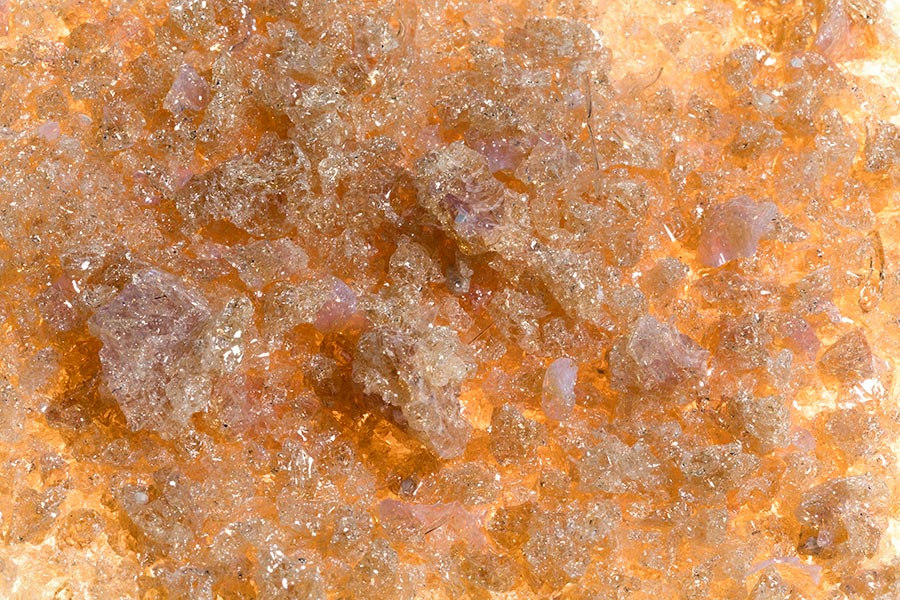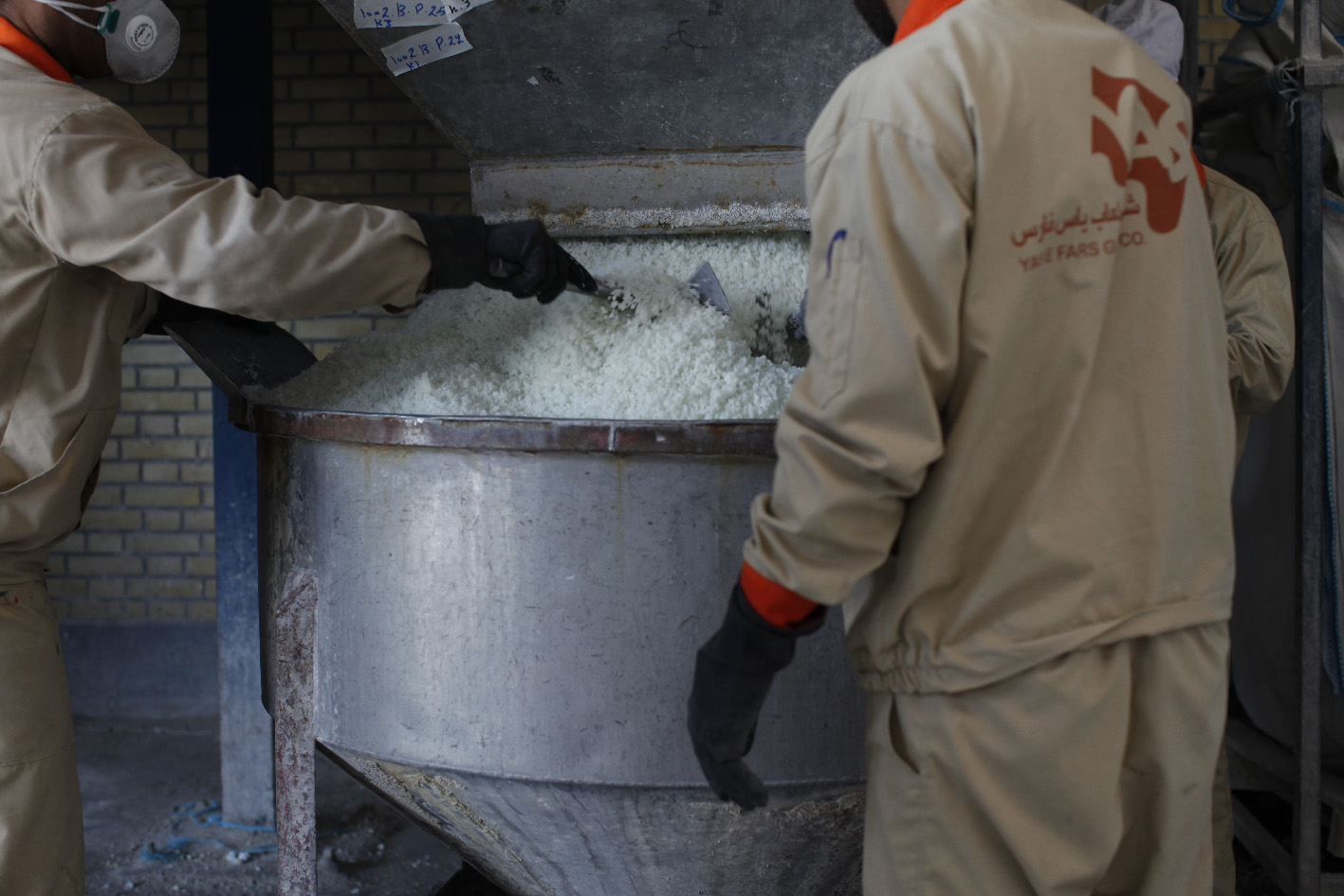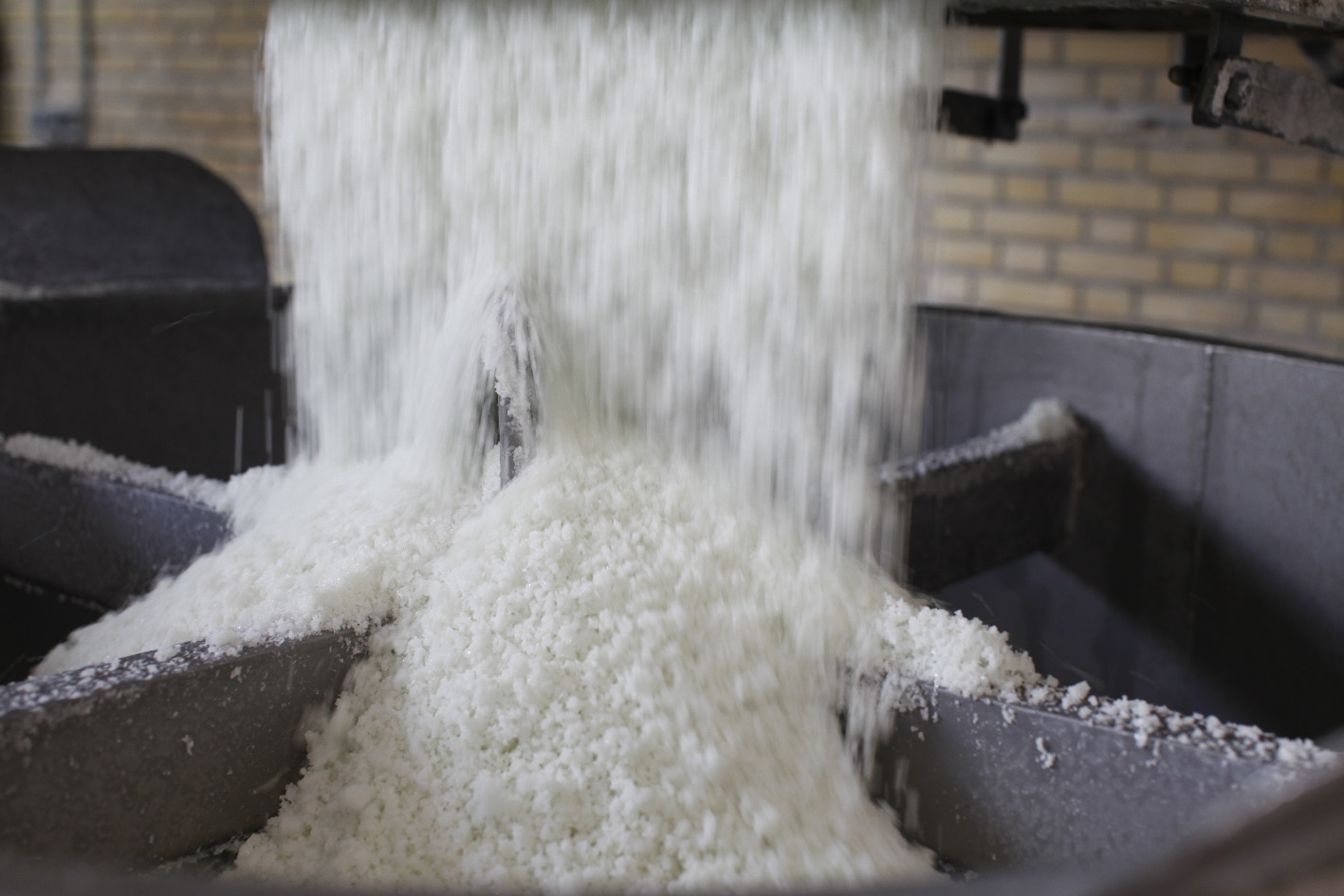All kinds of ceramic glazes
Glaze definition and the composition of the ingredients
PRODUCT DESCRIPTION
What is tile glaze?
The glaze that gives tiles their final color is a glass-like coating applied to their surface. However, depending on how transparent this layer is, the tile's clay color may occasionally be seen through the glaze. Glaze consists of some minerals and metals that determine its color and appearance. Heat-induced chemical reactions between the materials above produce this layer. In theory, the glaze is not sticky, but when it comes into contact with pottery, it seeps into the clay and, when exposed to a certain temperature, it coats the tile's surface. To add glaze to the ceramic tile surface, after the tile biscuit comes out of the oven, the glaze is poured and baked again to increase its strength.
What are the ingredients of tile glaze?
Typically, clay, flux, and silica are used in glazing. Sand-like silica has a shiny, glass-like appearance. Flux is a group of glass-forming substances that lowers the glaze's overall melting point. This substance gives the glaze a melting or flowing effect. Kaolin, a china clay, is frequently used to produce the clay used in glazes. Other materials include pumice, feldspar, iron oxide, manganese, copper, and clay. A different ratio of these components is used depending on the desired outcomes. Metal oxides can be used to create colored glazes, for instance; copper oxide (Cu2O) is used to create blue glazes, iron oxide (FeO) to create yellow glazes, and chromium oxide (Cr2O3) to create green glazes.

